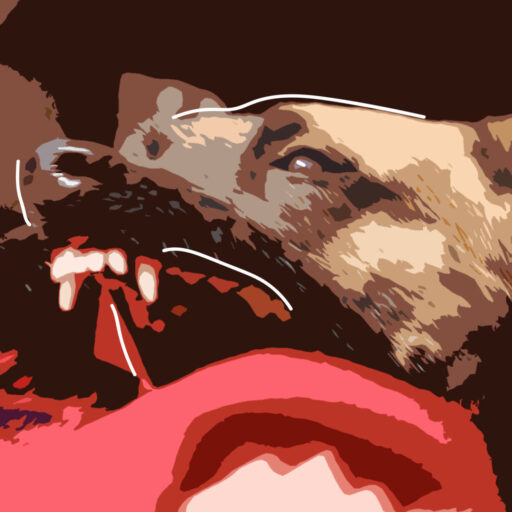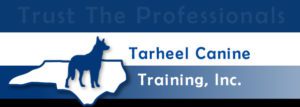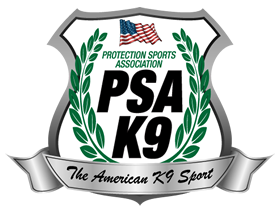PSA 2020 Nationals Recap
In this episode, Jerry Bradshaw discusses:
- Knowing your dogs before trial and how to situate them at a trial.
- Balancing training and showing.
- Getting your dog in the right frame of mind.
- How quality level decoys make a difference in training and trials.
Key Takeaways:
- As your dog gets older, you do need to pay attention to what they can handle and what they can take.
- It is harder to train dogs who have been trained and titled in other sports into PSA. Not impossible, just harder.
- Utilize your training to prepare you for the trials, even beyond the tasks, but how you go into tests and how you wait for them.
- Your dog will read you as you read them. If you can stay calm and clear, then they are more likely to be in control
“It’s impossible in PSA to prepare perfectly for everything.” — Jerry Bradshaw
Get Jerry’s book Controlled Aggression on Amazon.com
Contact Jerry:
Website: controlledaggressionpodcast.com
Tarheel Canine Training: www.tarheelcanine.com
Youtube: tarheelcanine
Twitter: @tarheelcanine
Instagram: @tarheelk9
Facebook: TarheelCanineTraining
Protection Sports Website: psak9-as.org
Patreon: patreon.com/controlledaggression
Slideshare: Tarheel Canine
Calendly: calendly.com/tarheelcanine
Sponsors:
ALM K9 Equipment: almk9equipment.com
PSA & American Schutzhund: psak9-as.org
Tarheel Canine: tarheelcanine.com
Train Hard, train smart, be safe.
Show notes by Podcastologist Chelsea Taylor-Sturkie
Audio production by Turnkey Podcast Productions. You’re the expert. Your podcast will prove it.


